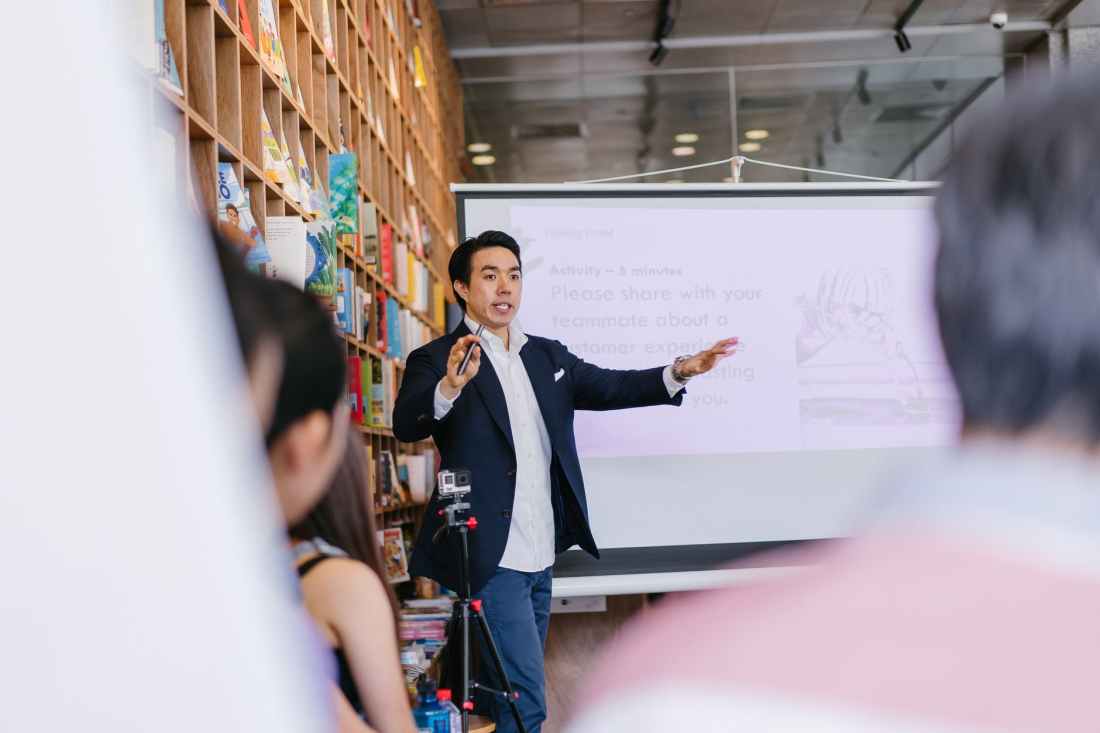By Allison Riggs
The 2020 Census is almost here! Why should libraries care? To put it simply, the 2020 population numbers gathered from the Census will shape how political power and federal tax dollars are shared in the U.S over the next 10 years. We want to help make sure the communities we serve are getting accurately counted so they get the appropriate funding and representation in Congress and the Electoral College. Libraries across the country are preparing to help make sure everyone gets counted in this year’s Census, and the library where I work, the Schaumburg Township District Library, is no exception.
How is the Schaumburg Library preparing for the Census?
An Interactive Display: We will have a Census 101 display along with a true or false lift the flap interactive component to help clear up common misconceptions about the census. The display will also include a sticker-by-number mosaic for patrons to complete that will reveal a “Be Counted” message.
Library Swag: We’ve created bookmarks that will be available at all locations, and we’ll have buttons for staff to wear to promote the census.
Print and Social Media: The Library sent press releases to local media and will discuss the census during one of our monthly columns in the Daily Herald. We will also be using our social media pages to encourage our patrons to complete the census using eye-catching graphics.
Discussions During Regular Programming: We will be highlighting the census during our regular programming. Our librarians have already begun familiarizing patrons during our ESL Conversation Clubs about what the census is, why we do it, and what to expect throughout the process. They showed them copies of the online census invite and the paper form, so they know what to expect when they receive it.
Designated Computer: Since the census can be completed online, we will have a designated computer in Youth Services that will give parents the opportunity to fill out the census while they are at the library with their children.
Library Website: We have a dedicated page about the 2020 Census that is highlighted on our homepage for ease of access.
Informational Drop-In Sessions: These two-hour long staff-led sessions will be held at three different times every Wednesday during the month of March, once at our central location and once at each of our branches.
Staff Awareness: The Library has been preparing staff for the upcoming census since November by providing us with a PDF that explains why we should care, how the census will work, what questions will be asked, what won’t be asked, and more. This guidance has helped us to feel confident in answering patrons’ questions.
Working with the Community: We have three staff members that are on the various Complete Count Committees in our service area. The Schaumburg Library is also co-sponsoring a movie night with the Hoffman Estates Village Hall and Hoffman Estates Complete Count Committees, hosting recruitment events with local field offices as they look to hire census workers, and will have an informational program titled Census 2020: Be Counted! that is sponsored by Schaumburg-Hoffman Estates Alumnae Chapter of Delta Sigma Theta Sorority, Inc.
2020 Census Resources
ILA’s Census 2020 Resources Page
RAILS Census Toolkit for Libraries



















